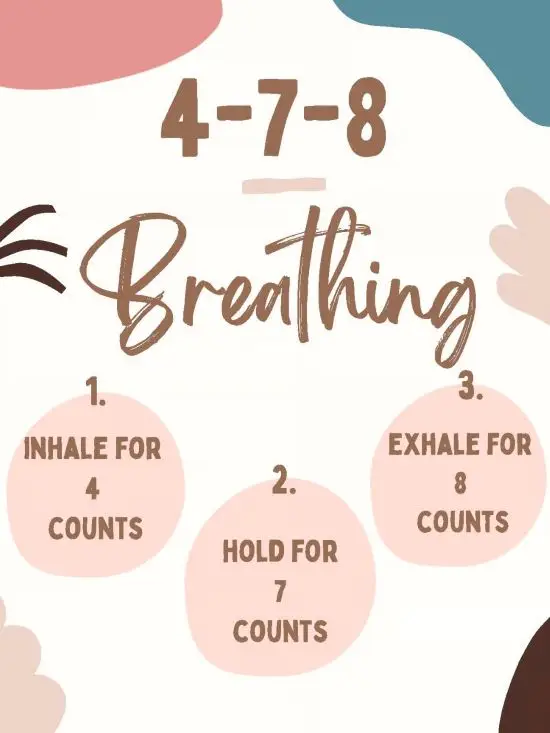Call us:
347-470-6565
e-mail:
steadystepscounselingllc@gmail.com

Find Safety and Healing | Trauma Therapy
How We Deal With It in Therapy Together
A Little Something to Help You Now: The 4-7-8 Breathing Technique
